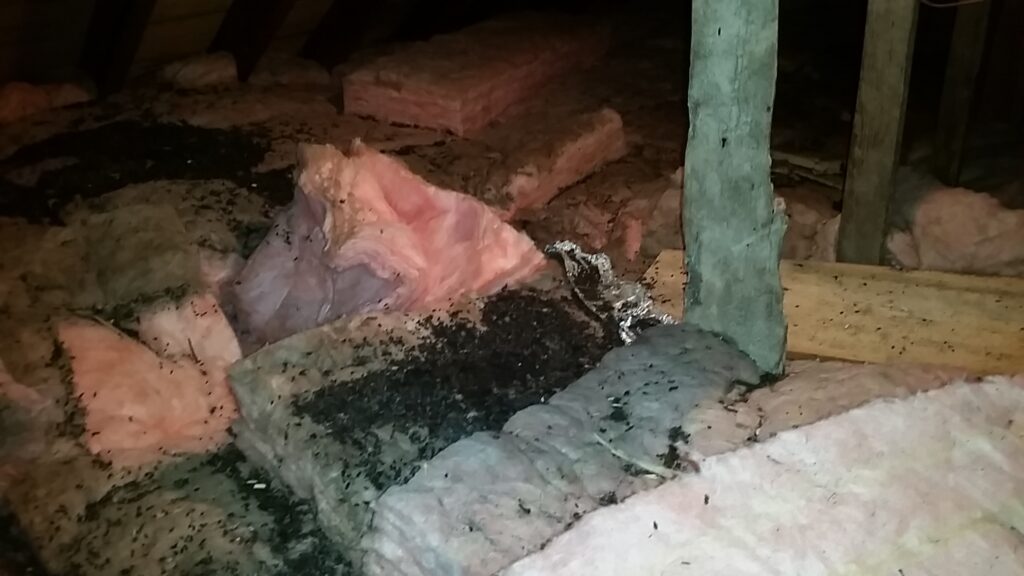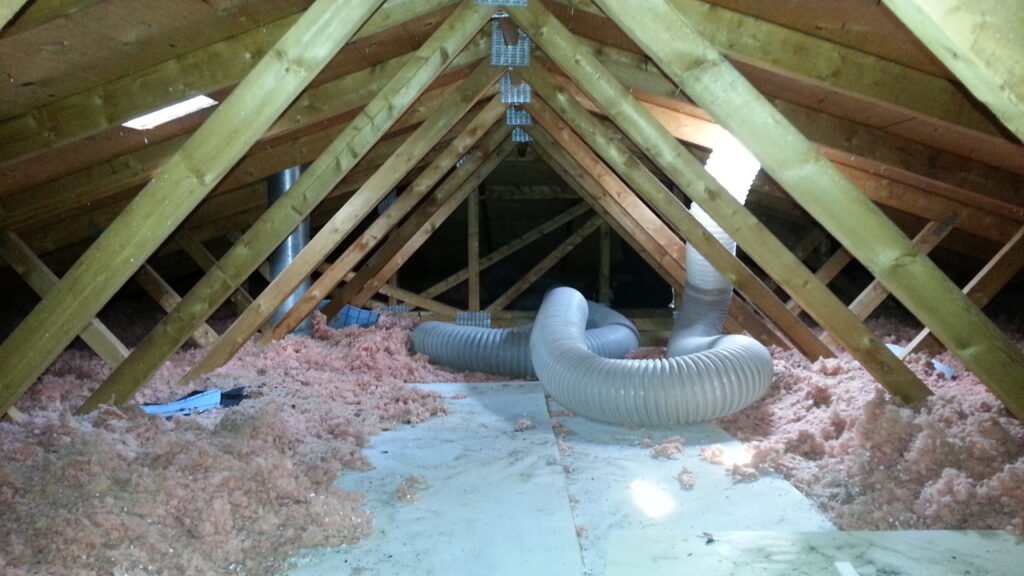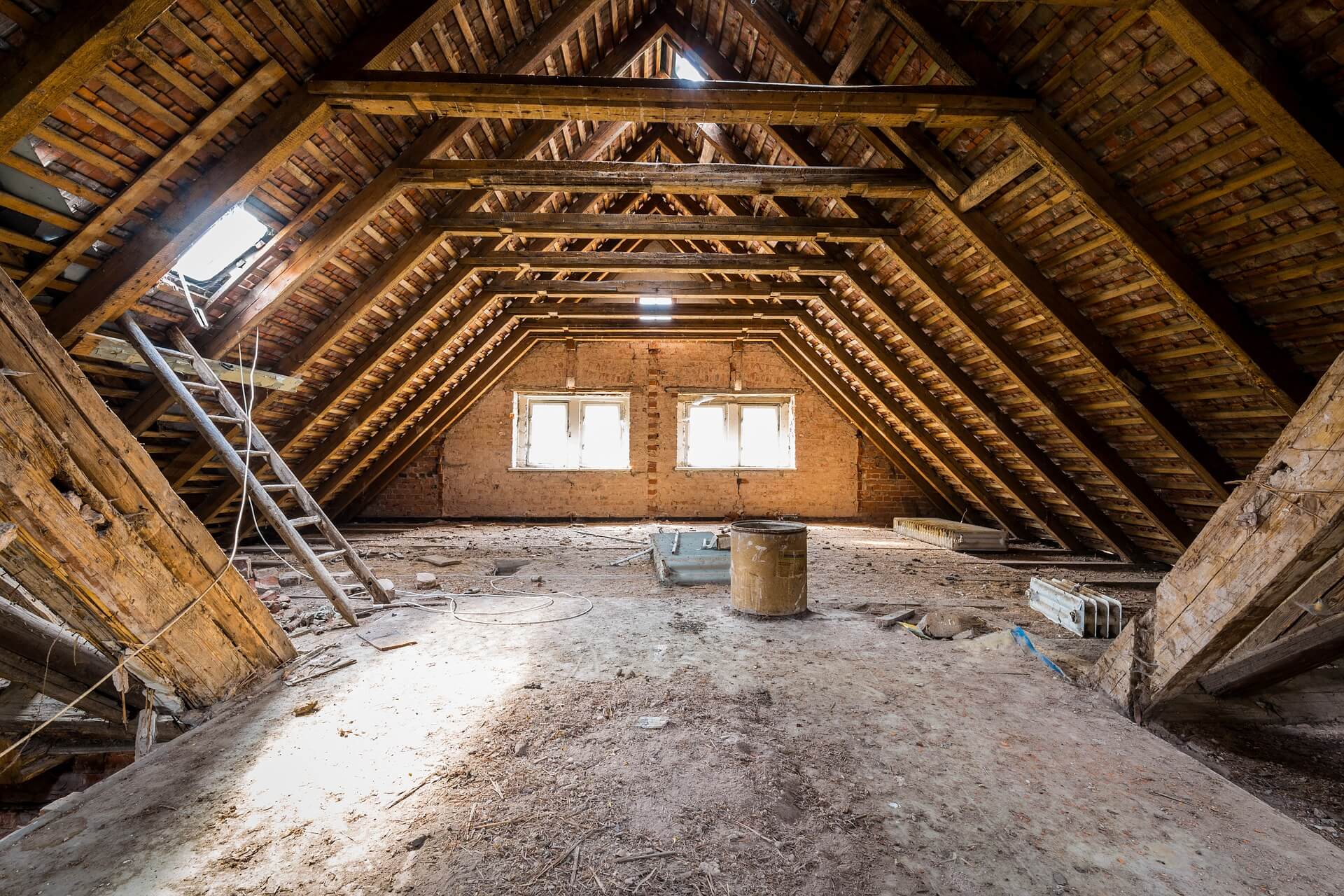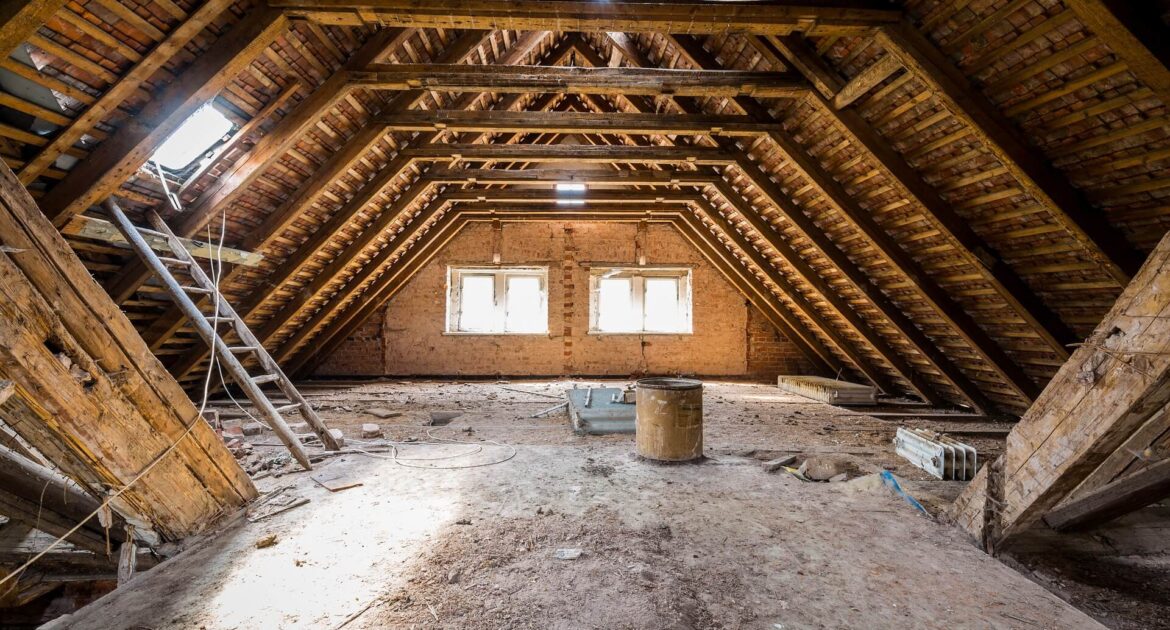People will travel miles to spend a weekend in the great outdoors and get closer to wildlife, but you wouldn’t want the animals in your neighborhood getting too close to you. Take for instance animals making your attic their nesting place, this poses a serious risk to your family and your home making the need for removal as quickly as possible. Skedaddle Humane Wildlife Control Technicians are experts in the safe and humane removal of wildlife from all types of properties and have years of experience dealing with every form of wildlife invasion.
Many people think that it is quick and easy to remove wildlife from their attic and make the mistake of trying to do it themselves. This hardly ever ends well. We have been called in countless times to deal with an animal problem that has been made worse by an over-enthusiastic homeowner who thought wildlife removal and home repair could be a simple weekend project. We can tell you from experience that it is not. Safely removing any wildlife from your attic is a complex process that requires special training, tools, and skills. Our wildlife technicians are extensively trained and correctly equipped to tackle any home wildlife invasion in a safe and humane manner.
How Skedaddle Tackles Wildlife Removal
The first thing that our wildlife technicians will do when they are called to your home is an extensive inspection of your property to identify animal entry points. We will then enter your attic and locate any wildlife that has made itself at home in your home. If it is just one animal the wildlife removal process is relatively easy and straightforward. The animal will either be herded out of the attic through its original entry point or trapped in a box and safely released outside.
If the animal has babies, then the process is a bit more difficult and time-consuming. All the babies need to be located and placed carefully and gently in a specially designed baby box. Our technicians will search every dark corner of your attic to ensure that no babies are left behind. The baby box is a temporary shelter and will be placed outside your home, close to the animal’s original entry point, where it won’t take long for the mother to find her babies and relocate them to an alternative den site. Once all the wildlife has been safely removed from your attic, all the potential entry points need to be secured so that the home repairs and attic restoration can begin. Holes have to be closed up, cracks sealed, and special screens fitted to vents and chimneys. If this is not done correctly you run the risk of the animal returning to your home and reclaiming its den or nesting site.
A Proper Attic Restoration is not a Quick and Easy Job
The state of your attic and the extent of the damage and associated risks will usually depend on the species of animal and the length of time that they have been in residence. Mice are the most common animals found in most homes and one adult mouse can produce 50 to 70 droppings a day. Bats also produce large amounts of feces and their droppings can cause a lung disease called histoplasmosis. Raccoons also turn their den sites into giant litter boxes and their feces contain roundworm eggs that can cause serious illness, and even death, if ingested. Squirrels don’t make as much mess, but they can cause a lot of damage, easily chewing through electrical wires, wood, and insulation. Bird nests block vents and the dry material can be a serious fire hazard.
As soon as your home is free of wildlife, and their entry points have been dealt with, the restoration of your attic can begin. What we do it is not just a quick clean-up; we won’t just simply sweep out a bit of dust, contaminated insulation, and old droppings, and then leave the premises. We take the cleaning process seriously and typically do a thorough home repair and restoration of your attic, and this of course will depend on the needs and wishes of the client.
The Skedaddle Attic Restoration Process
Step One: The removal of all damaged and contaminated insulation
There are various health risks associated with the clean-up of animal feces and urine so Skedaddle Humane Wildlife Control takes all the necessary safety precautions and we use leading industry techniques and equipment to rid your home of contamination. We have powerful vacuums to clear contaminated materials, like insulation, and all our technicians have advanced breathing equipment.
Damage to the insulation can consist of compression and displacement from animal traffic as well as contamination from feces, urine, and ectoparasites like fleas and ticks. Removal of this material can be done in a couple of ways, depending on the type and composition of the insulation. Loose, blown-in insulation is removed using our gas-powered vacuum and hose that sucks the material directly out of your attic. Batt (solid) insulation is more time consuming to remove as it needs to be done by hand and carried out in garbage bags.

Step Two: Application of a liquid bacterial digester
Once all the damaged and contaminated insulation has been safely removed, we move onto step two, the cleaning and disinfecting of the attic. This is a specialized process and the entire attic floor is sprayed with a live bacterial culture that digests any organic material that was not removed with the insulation, including feces and urine stains, inaccessible droppings from bats, rats or mice and other animal matter like skin and hair.
Step Three: Attic repairs
Wildlife can cause extensive damage to your attic. Once your attic has been cleaned and disinfected, our wildlife technicians do a detailed inspection of the space, looking for any signs of damage and contamination. This is an essential step in ensuring that your home is safe. We use our extensive knowledge of wildlife behaviour to go wherever the animals go, inspecting the ductwork, ventilation, drywalls, attic hatches and vapour barriers for damage. We pay particular attention to gnawed or stripped wires that can pose a serious fire hazard. We also ensure that all wildlife entry points into your attic, that may have been missed during the initial inspection, are repaired and secured.
Step Four: Installation of new insulation
The final step in our extensive attic restoration process is the installation of brand-new insulation. We use a recycled cellulose blown-in insulation which is much higher quality than fiberglass and performs far better, keeping the heat in and the cold out. It has a fire-retardant additive and is also resistant to mould and pests. By the time that we are finished your attic will look and smell as good as new. Even if you are the master of DIY, you really can’t beat our attic restoration and home repair process. When we have finished doing our job your home will be returned to a healthy, livable state.

For the health and safety of your home and family, it is essential to call in a wildlife removal expert, like Skedaddle Humane Animal Control, the moment you suspect you have any animals sharing your home with you. Our Skedaddle wildlife technicians are trained to deal with all animal control situations and will ensure that any wildlife is removed safely and humanely before we restore your attic to its former glory.




